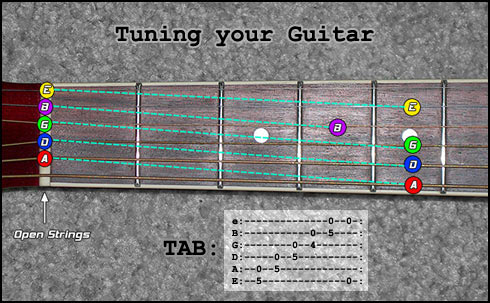

A key point in this process is the availability of normative data measured on healthy persons aimed at quantifying possible deviations of the walking pattern of a given subject from the physiological profiles 7, 8. canes, crutches, orthoses, can (at least partially) solve such problems and/or support patients to improve locomotion.Īn important aspect in this context is the objective quantitative assessment of walking abnormalities in order to develop new rehabilitation protocols and assistive devices, to tailor/personalize them to each subject, and to verify their efficacy over time 6. Rehabilitation approaches and assistive walking devices, e.g. Also physiological changes associated to aging may worsen deambulation 5. When problems arise due to abnormal functioning of one or more components of the motor system, human movements are altered and walking becomes less efficient, difficult or even impossible to be performed 4. The main conditions of human locomotion are walking and running, the first being the most common one adopted during daily-life activities, with an average daily step count of about 9500 in adults 3. Although legged locomotion is a dynamically unstable process, thus not easy to be learned and maintained at all stages of life, it offers some advantages like the possibility to be performed on different kinds of terrain, to overcome obstacles, to climb/descend stairs and to make sharp turns 2. Humans, like all terrestrial mammals, use legged locomotion requiring the continuous and alternate repositioning of each limb on the ground.

The way locomotion is realized highly depends on the environment where it is performed. Locomotion, the movement of the body from one place to another, is a fundamental task for animal life and it is performed through complex interactions among the neuro-muscular, skeletal and sensory systems 1. The data reported in the present study, acquired from subjects with different ages, represents a valuable dataset useful for future studies on locomotor function in humans, particularly as normative reference to analyze pathological gait, to test the performance of simulation models of bipedal locomotion, and to develop control algorithms for bipedal robots or active lower limb exoskeletons for rehabilitation. For each task, both raw data and computed variables are reported including: the 3D coordinates of external markers, the joint angles of lower limb in the sagittal, transversal and horizontal anatomical planes, the ground reaction forces and torques, the center of pressure, the lower limb joint mechanical moments and power, the displacement of the whole body center of mass, and the surface EMG signals of the main lower limb muscles. A sample of 50 healthy subjects, with an age between 6 and 72 years, is included. This paper reports the kinematic, kinetic and electromyographic (EMG) dataset of human locomotion during level walking at different velocities, toe- and heel-walking, stairs ascending and descending.


 0 kommentar(er)
0 kommentar(er)
